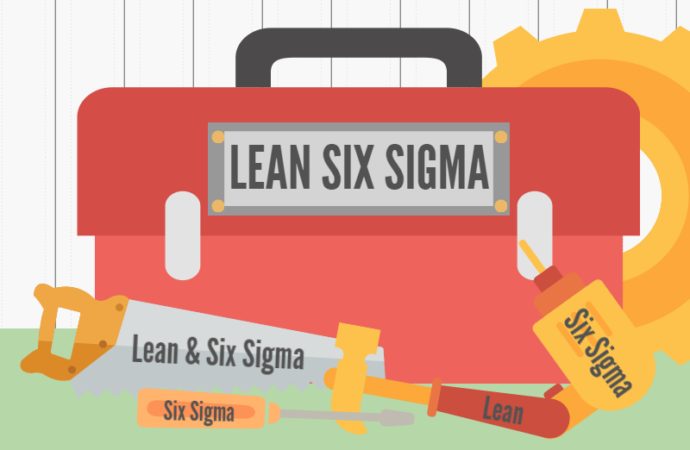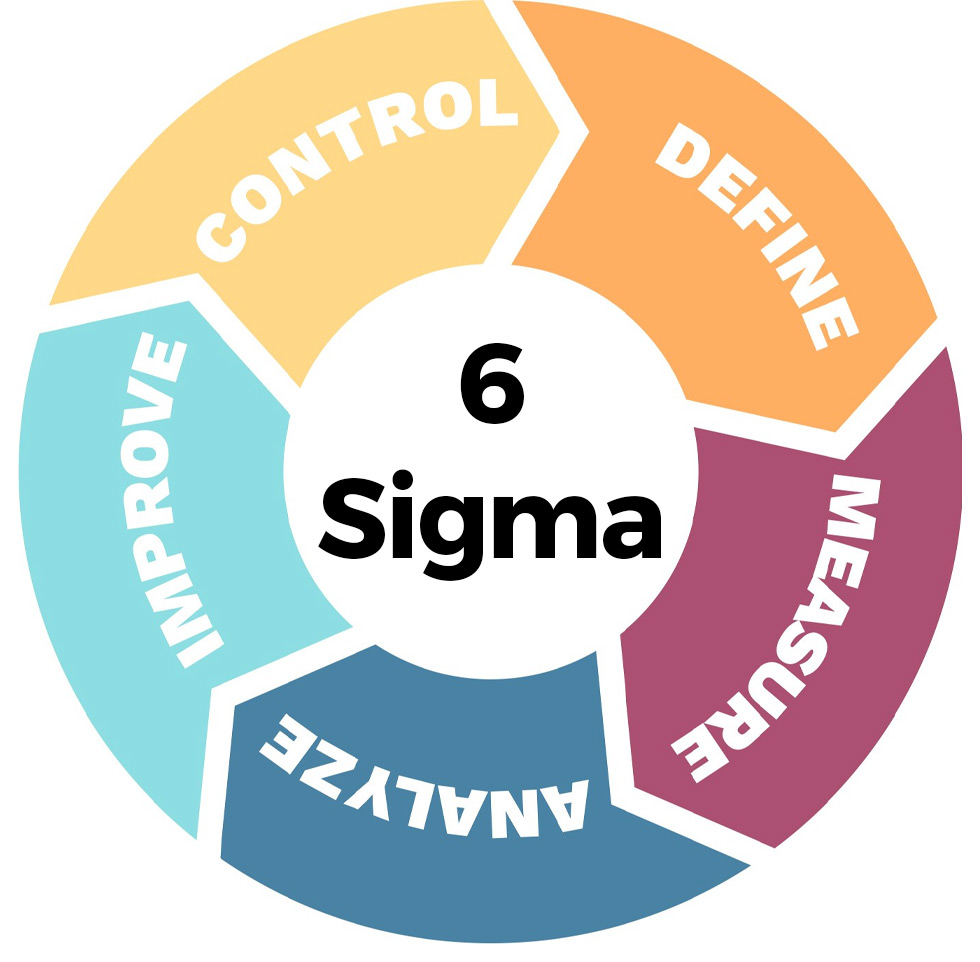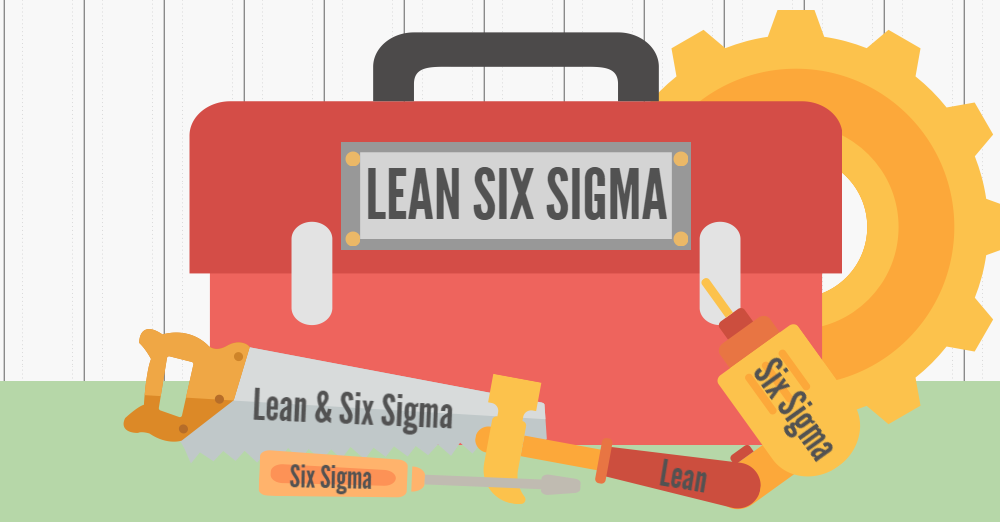Montgomery Residents - Learn Lean Six Sigma’s History Here
Contact Us

Lean Six Sigma has a proven track record of improving organizations and processes. It has been proven to be both sustainable and demonstrable in its implementation over the years. This is due to its structured method, which allows organizations to achieve tangible results with the goal of continuous improvement. At Lean Six Sigma Curriculum for Montgomery High Students of Alabama, we are experts and ensure that our students understand it from top to bottom. This makes us start with something most experts ignore to include during their teaching: Lean Six Sigma history.
This methodology was created to help companies focus on customer satisfaction and waste reduction while identifying and solving problems, then have more control over processes so mistakes don’t repeat and problems don’t appear. It also reduces costs and eliminates waste.
The goal is to ensure that performance and quality are at the top, and since it was mainly used for manufacturing, it is logical that its implementation is mostly known in this industry.
In addition to the above goals, this approach reduces lead times and utilizes existing knowledge and experiences from those involved in the process.
There is a lot that makes LSS the turning point for many companies and, today, individuals who are able to implement it and help others outside of the regular industry the method was meant for.
To understand part of it, you should understand that LSS was meant to provide an “answer” to the Japanese method, Kaizen, which helped Japanese companies boost their processes, reduce waste, and achieve more customer satisfaction with the products they were manufacturing.
Japan’s efficiency and productivity left behind American companies, and thus, a solution was needed to remain competitive, which led to the creation of LSS.
What Made LSS Possible?
There are many methodologies and techniques that influenced the methodology we have today, and many of them are from Japan:
- Kanban method of workflow management. You can increase your efficiency and productivity by visualizing and restricting the work to a time frame.
- Kaizen will move towards a culture of self-development, continuous improvement, and customer satisfaction.
- Value stream mapping for optimizing process delivery.
- A 5 steps method to optimize work, processes, and steps.
Now, what really led to having a full methodology that would influence the industry and boost American companies would be the combination of Lean and 6 Sigma, two individual methodologies.
What is Lean? – Origin & Need for It
Toyota invented Lean manufacturing in the late 1940s to reduce non-value-adding activities, which would be achieved by identifying waste and working on its elimination.
The core values of Lean include:
- Your customers’ perspective is your guide.
- Reduce any work-related waste.
- Continue to improve.
This concept suggests that individuals should be involved in organizational change to foster a culture of excellence. Continuous learning and improvement are the two main pillars that Lean inculcates.
Toyota Production Systems (TPS) is the source of Lean’s foundations, and Japanese Taiichi Ohno was its founder. Lean was founded on Henry Ford’s innovations and Business Process Redesign, so this method’s history also involves a lot of details.
Now, how does Lean help? Based on this structure:
- Lean starts with the determination of the customer’s added value.
- Map all the streams and processes.
- This will enable you to identify wastes and increase your flow.
- Next, focus on how to set processes and systems up, so they start when the customer asks for a product until its delivery.
- Employees will be able to identify areas that need improvement and work together to improve them by finding solutions and controlling processes, so the “fix” remains.

Six Sigma’s Origins: The Second Most Important Methodology
Six Sigma was developed only a few years earlier than LSS, and it is more data-driven when compared to Lean.
The method was developed by Motorola, and General Electric has successfully used it. Six Sigma is a process improvement method that offers a structure adaptable to several industries and projects: Define, Measure, Analyze, Improve, Control (DMAIC).
It ensures that any problem’s root cause is found and then a solution is identified and implemented. DMAIC allows you to make the most of your employees’ capabilities to deliver the best value to the customer.
Six Sigma gives managers tools and targets to help them create a structured improvement program. It is similar to Lean and focuses on adding customer value as well when compared in this aspect.
Lean Six Sigma’s Evolution in the USA
The methodology proved to be a valuable addition to the industry to compete with Japanese companies, as it improved processes, eliminated waste, and allowed for growth without sacrificing customer satisfaction.
The USA uses Lean Six Sigma in today’s manufacturing industry still, but practitioners have found ways to adapt it to others as long as goals and needs are established and determined beforehand.
If you need an example, healthcare, education, as well as other industries can reap the benefits of Lean Six Sigma’s inculcation, implementation, and application.
Schools and educational institutions can, for example, create better systems that teach students more effectively and automate other processes. Students can also learn LSS, which will help them to have better job opportunities and better career prospects.
At Lean Six Sigma Curriculum for Montgomery High School Students of Alabama, we can help you implement this method or teach it to your workers and students or offer a program just for you. Thus, make sure to contact us, and you can also get a certificate once you complete our training.

